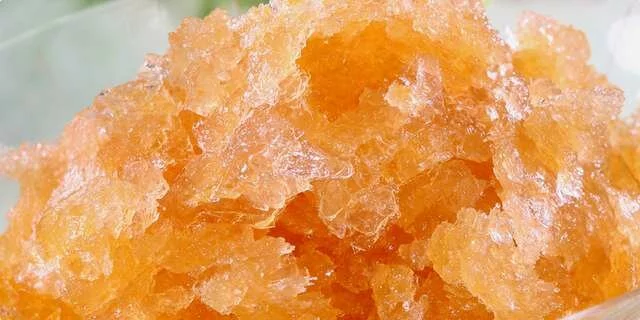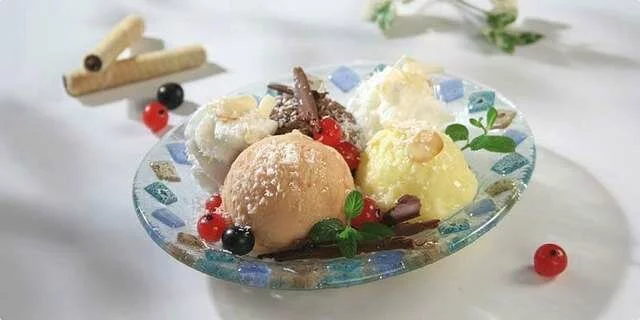Density ice cream
The recipe is by Mark Bittman, a New York Times columnist. This ice cream is not classic, when eaten you feel a certain grainy texture, but although it is not as full-flavored as real ice cream, it is a very fine substitute. Bittman himself writes in the text that ice cream does not have the full, filling taste that ice cream with eggs has, and that ice cream should be eaten as soon as it is taken out of the ice cream machine.
Preparation steps
- Put 2 cups of sweet cream, milk (whole or skimmed) or a combination, sugar and salt in a sherbet and cook on medium heat until smoking begins. If you use a vanilla stick, divide it in half lengthwise and add the seeds to the liquid, and then the stick.
- In a bowl, mix the stock with the rest of the liquid (1/2 cup) to leave no lumps. Remove the vanilla stick from the pan. Add the mixture to the density in the sherpa and cook, stirring, until it thickens and starts to simmer, about 5 minutes. Immediately reduce the temperature to the lowest and cook for another 5 minutes until thick. Stir in the vanilla extract, if using it instead of vanilla sticks.
- If the mixture has lumps, strain it into a bowl. Cool completely. When cool and if there are no lumps, pour into a bowl and place in the freezer to freeze. Remove from the freezer every 45-60 minutes and stir vigorously. If you’re lucky enough to have an ice cream machine, freeze according to the manufacturer’s instructions.
- Variations: 1. Use buttermilk or yogurt instead of half the sweet cream or milk. 2. Replace 1 cup of milk or coconut milk cream. 3. Instead of half the sugar, use honey. Add 1/2 cup of good jam to the mixture before freezing.
- I made Bittman’s variation with yogurt, I had about 75ml of sweet cream, 1 cup of skim milk and the rest I used yogurt.
Serving
It tasted best to me when it was half frozen, it was soft and smooth, it was completely frozen "lumpy", at least to me. Here is what else is written in the text: "What makes this ice cream granular is the crystal formation. Density slows down crystal formation. It absorbs water so there is less water available to make large crystals. Large density molecules stand in the way of ice molecules looking for other ice molecules to form crystals. Preventing crystal formation is something that eggs do, just in a different way. "

